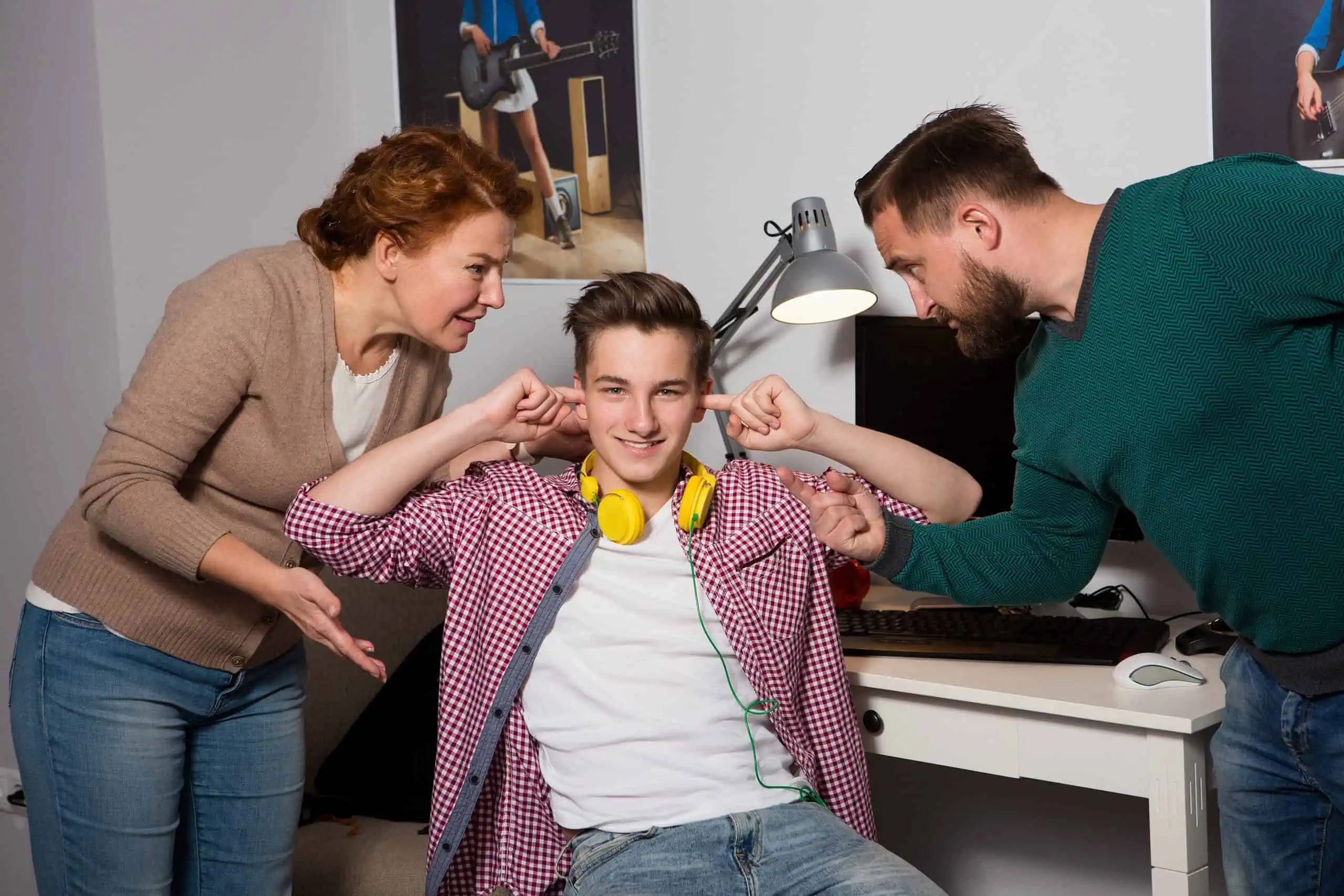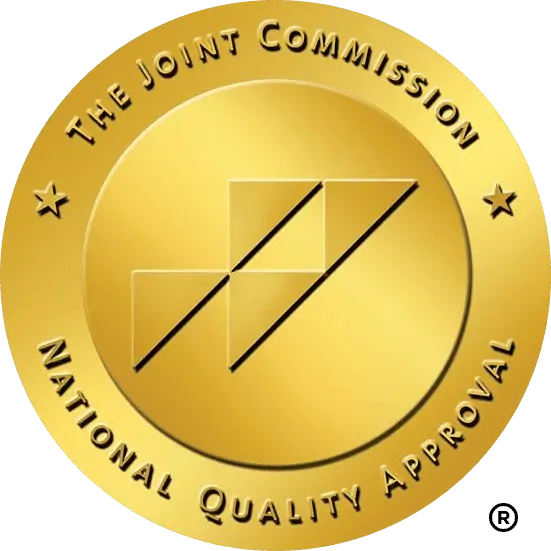Change is possible, even for a troubled teen. There’s a reason you should never give up hope as a parent or caregiver of a challenging child; a well-studied set of human behaviors called the Transtheoretical Model of Change (sometimes called Stages of Change Model).
The model shows that a person does not immediately change negative behaviors quickly, but that they go through a series of changes that require patience on everyone’s part. The model encompasses six stages of change that a human being tends to go through when trying to eliminate bad habits for better ones. It helps to know which stage your teen might be living in at the moment, effective strategies within a stage, and what you might anticipate down the road.
Stage One: Precontemplation Before Awareness of Bad Behavior
You may think your teen’s behavior will never stop and your family’s life is destined for turmoil. It may feel that way now, but it’s because your teen is in stage one of precontemplation. Your child is living in the moment, may be in denial, and is not considering changing risky behavior because they feel immune to the consequences that they keep hearing about. Keep making it clear to your child that his or her behavior is damaging. Your child may then make a subtle shift into wanting to change, just not at the moment.
Stage Two: Contemplation of Bad Behavior’s Effects
Your child has recognized the need for change but isn’t quite ready or doesn’t know how to start. The child is slowly opening up to feedback about bad behaviors and habits. However, at this point, your child is on the fence, and the pros and cons of good versus bad behavior are about equal. Here’s what you can do to help your child in this stage, which could take about six months to move through:
- Help your child envision a better life based on good behaviors and habits.
- Create a vision board with your child to help that vision come to life.
- Never bombard but send a few links to your child related to better habits and goals.
- Ask if your child wants to talk to a counselor, but don’t force the issue at this point.
Stage Three: Preparation to Move Towards Better Behavior
Your child has experienced a slight tipping point and is getting ready to take some action to change. He or she may be developing a plan and thinking about steps to take, and the pros of changing slightly outweigh the cons. It will be normal for your teen to dip back into stage two then ricochet back into stage three. Here’s how you can help:
- Help your child develop “if-then” scenarios for challenges and temptations.
- Aid your teen in making adjustments to schedules and environments before actually taking action.
- Gather information and items in small doses and steps to help your teen cope with changes.
- Ask the rest of the family to rally to your teen’s side for support.
- Suggest that your child choose a day or some time frame to activate change.
Stage Four: Action Towards the Good Behavior
Now that your teen has contemplated and prepared, it’s time to make the change. Continued emotional and physical support is critical, though your teen may not actively ask for it. At this point, your child must actively substitute old situations and people with new ones in order to avoid triggers. This stage of action may also take about six months to move through. To help your teen, do the following to keep up positive momentum and reinforcement:
- Post reminders on mirrors and refrigerators to stay focused on the goal and new behavior.
- Remember that it won’t be a perfect transition, there may be slip-ups.
- Help your teen address the triggers and obstacles as they emerge.
- Reward your teen with small gestures even for small successes along the way.
Stage Five: Maintenance of the Good Behavior
After six months or so, your teen will be in the maintenance stage where the positive behavior and goals may stick more often than not. There may be relapses due to stress, a crisis, a trigger, loss of support, or just boredom. Your teen may even slide back into stage two of contemplation.
The major way to help your child is to not give up on his or her ability to change. Help your child remember that more can be learned through challenges than through successes. The maintenance stage can last for two or more years, where there will be successes and setbacks. However, your child will likely not be able to imagine living the way he or she used to back in stage one.
Stage Six: Termination of the Bad Behavior
A number of experts do not believe there is a stage six to this model. However, termination can occur after two years of slogging through triggers, challenges, and stresses, and the new habits and behaviors are fully formed and integrated, and the former behavior has entirely vanished. At this stage, your teen doesn’t have to “do” anything, it’s now just who they “are.”
If you would like support during these six stages of change, visit turningwinds.com. There, you’ll find a community of compassionate professionals and educators who understand the challenge of change and are there to help your teen stick with transformation for a better life.









